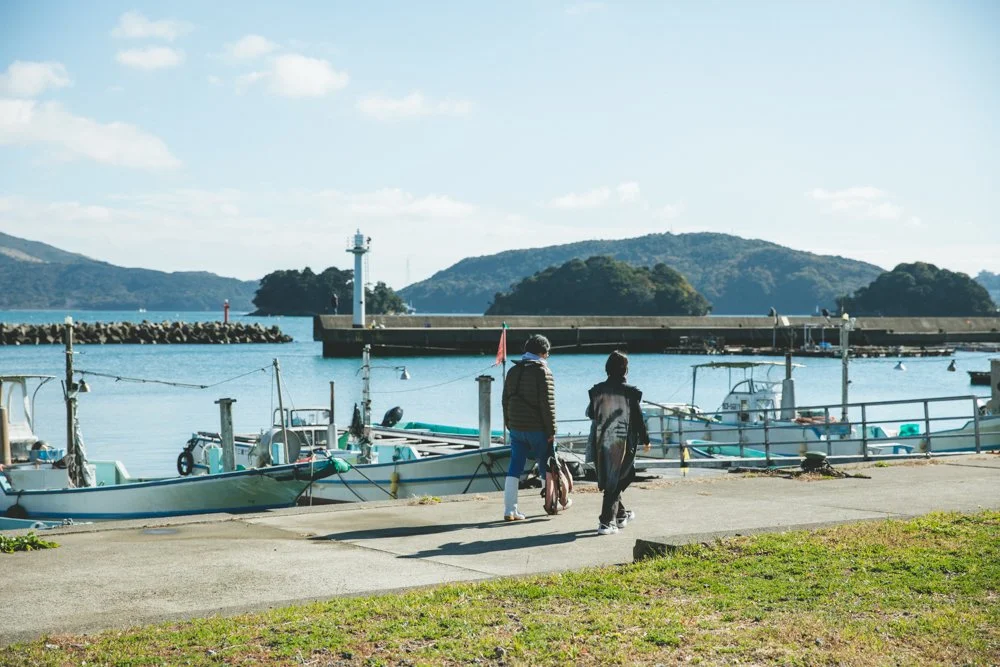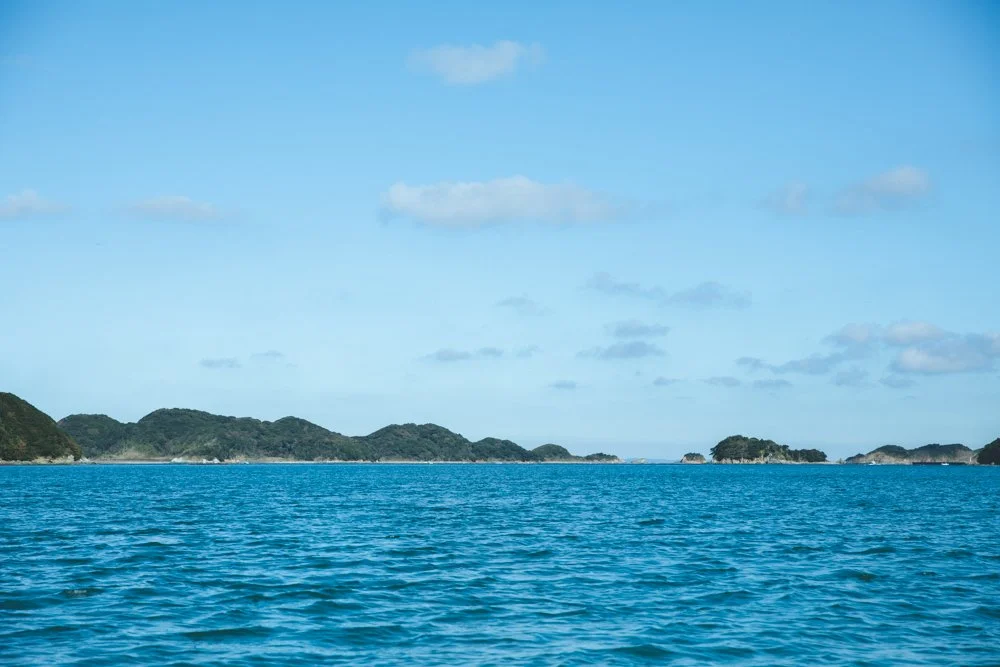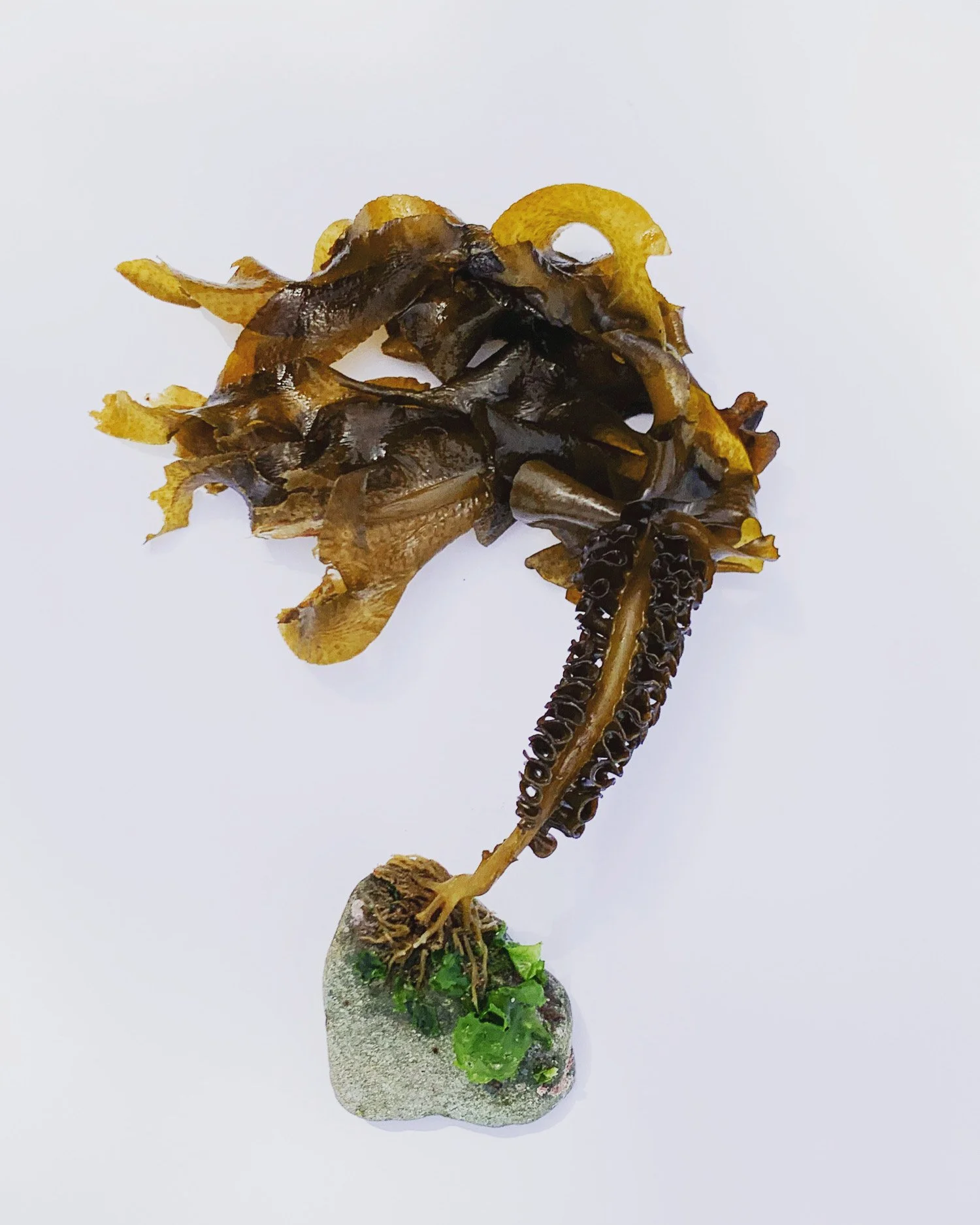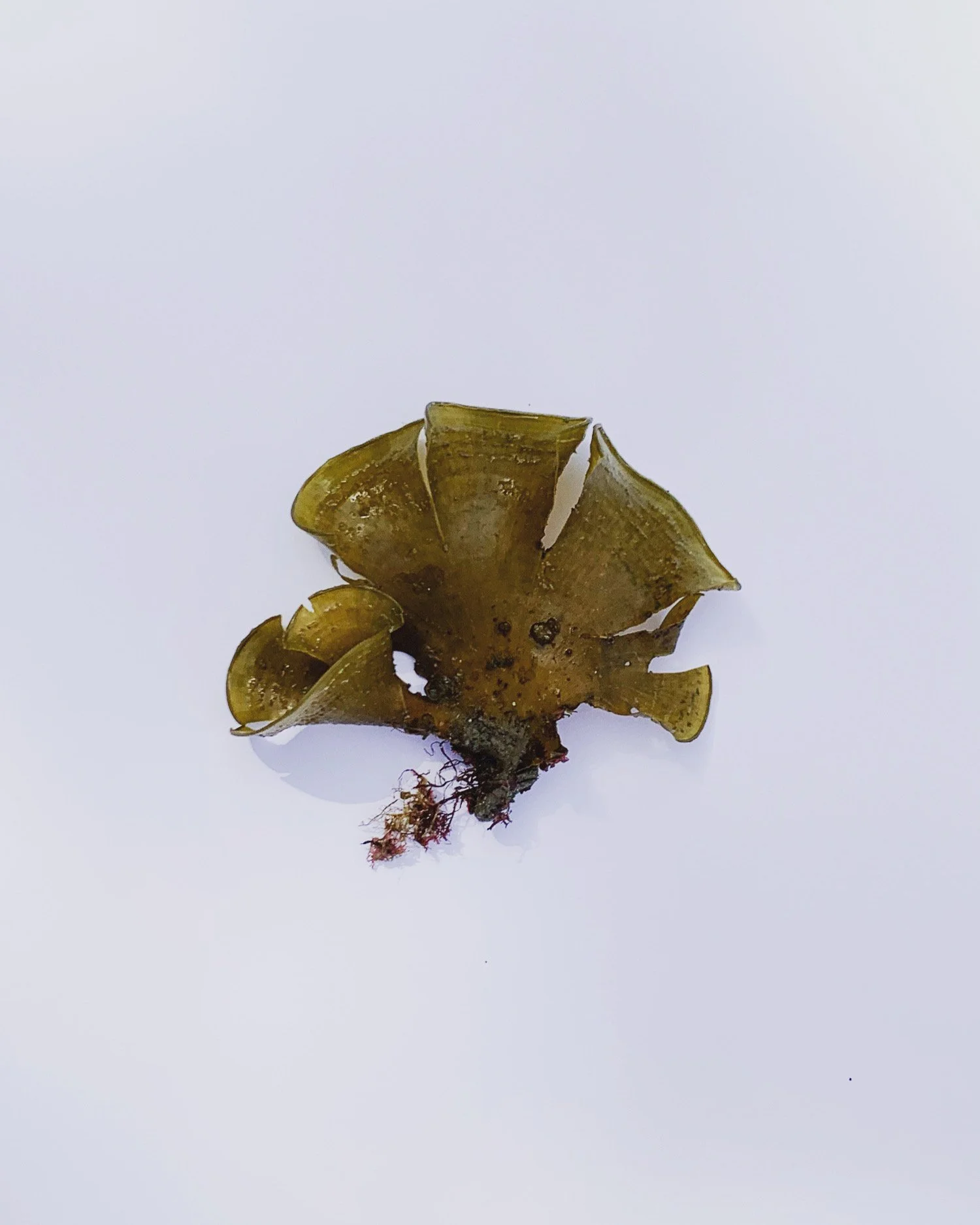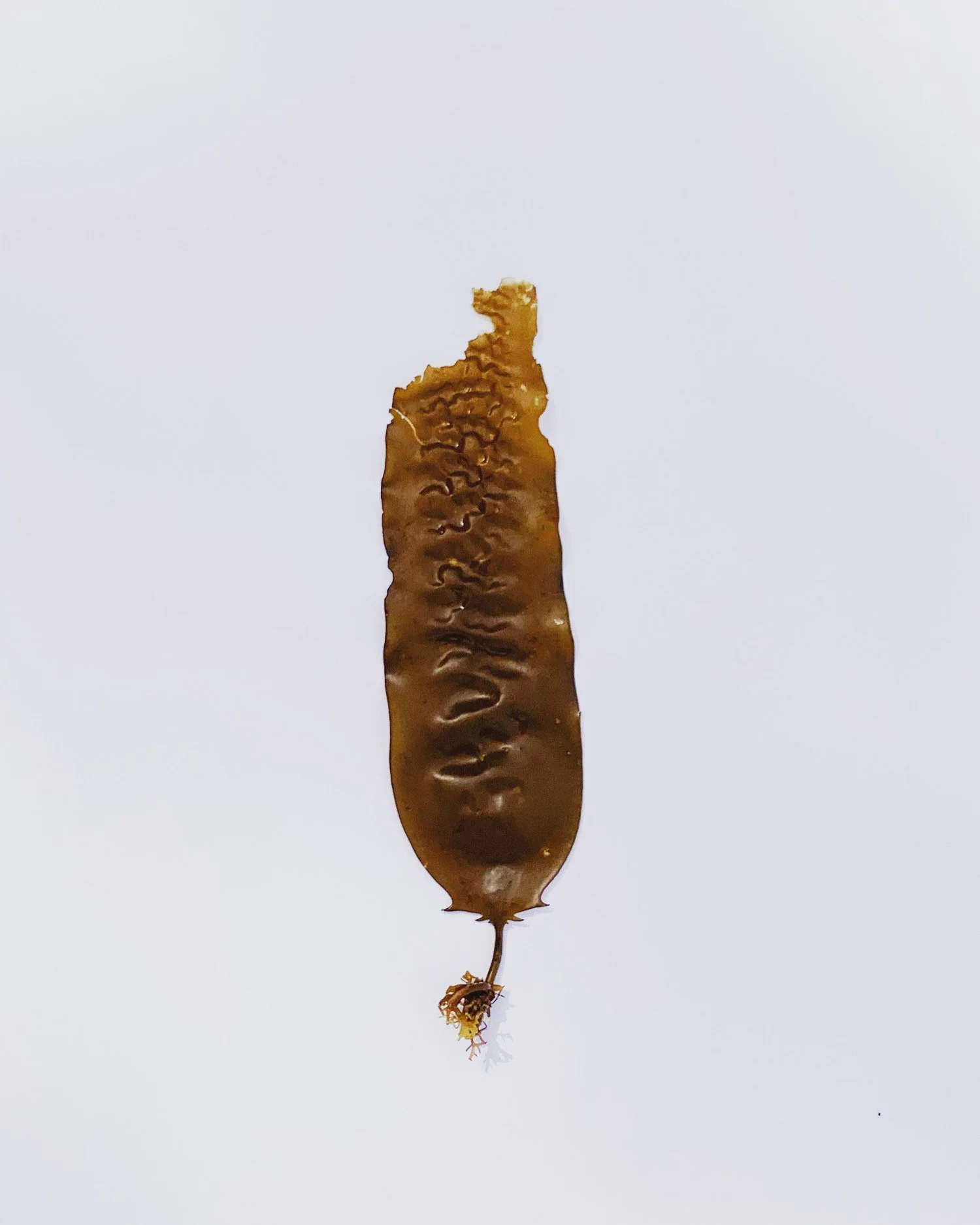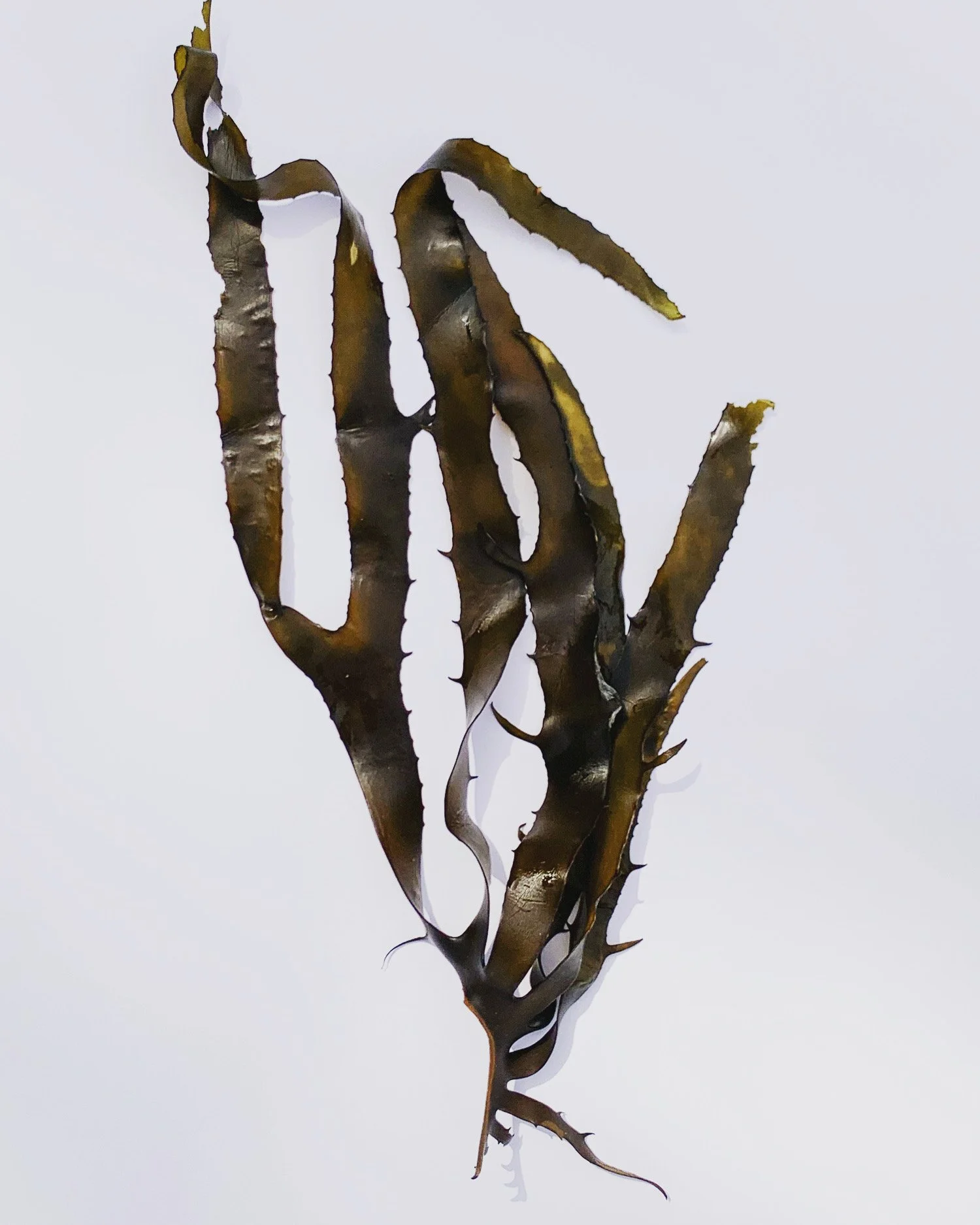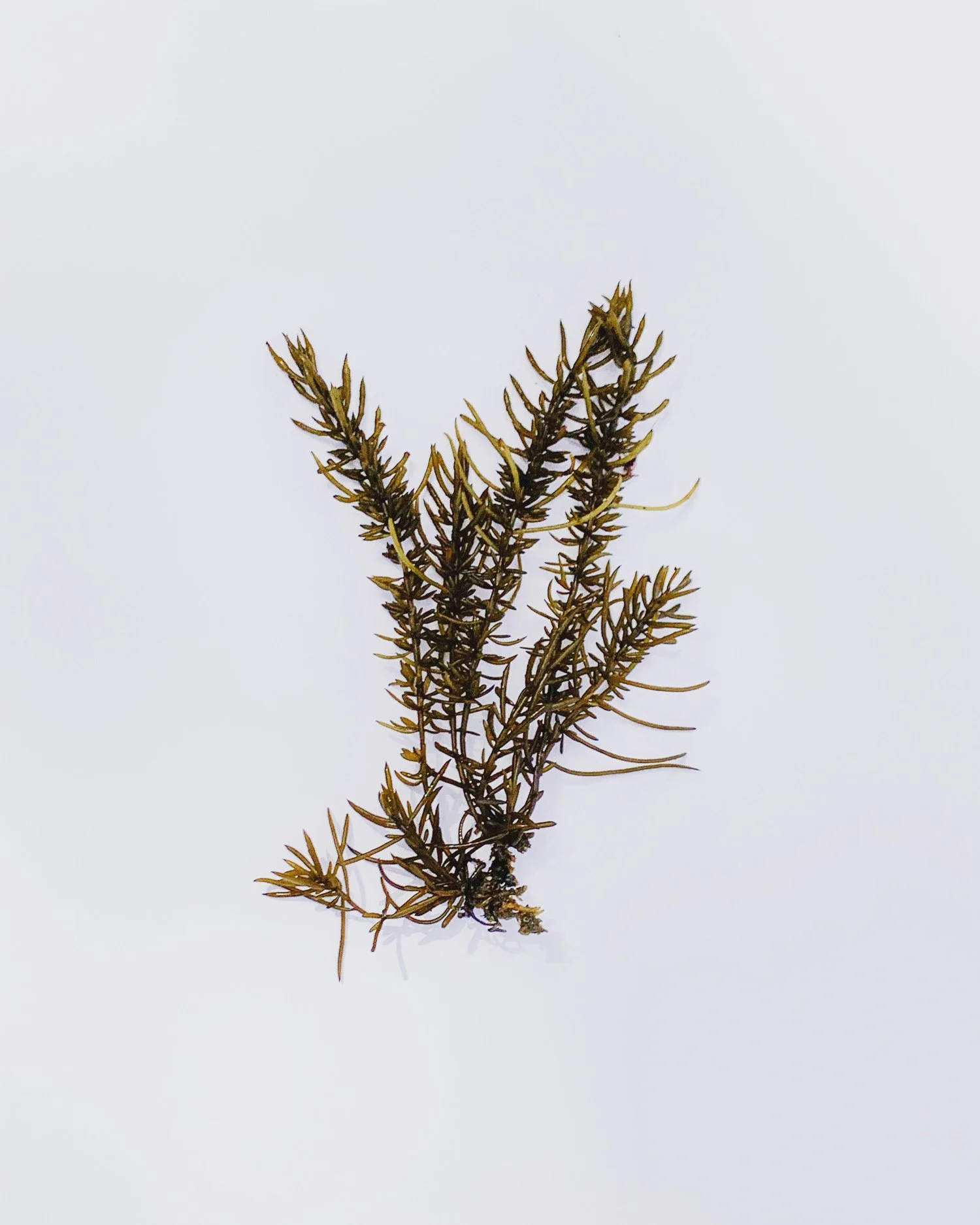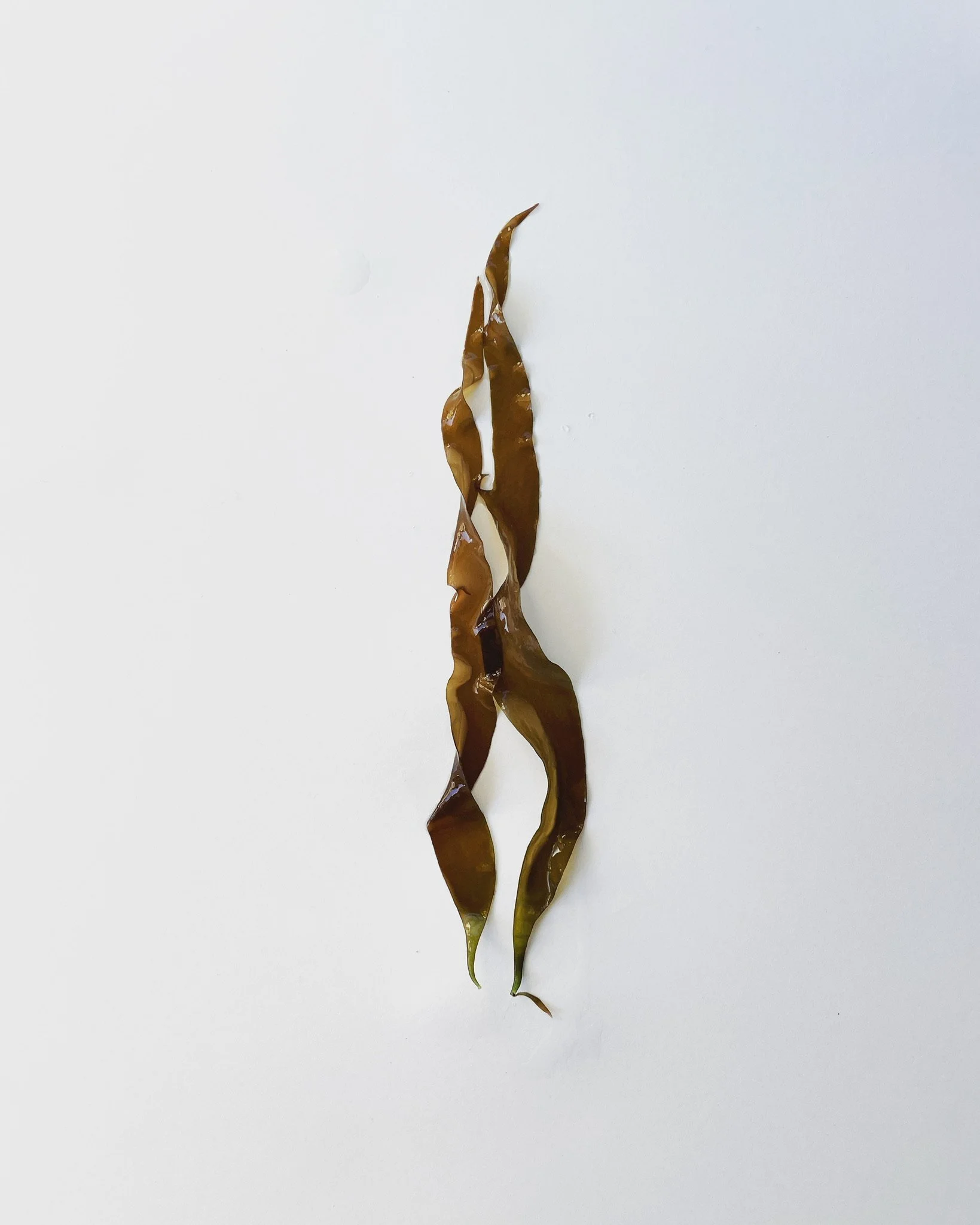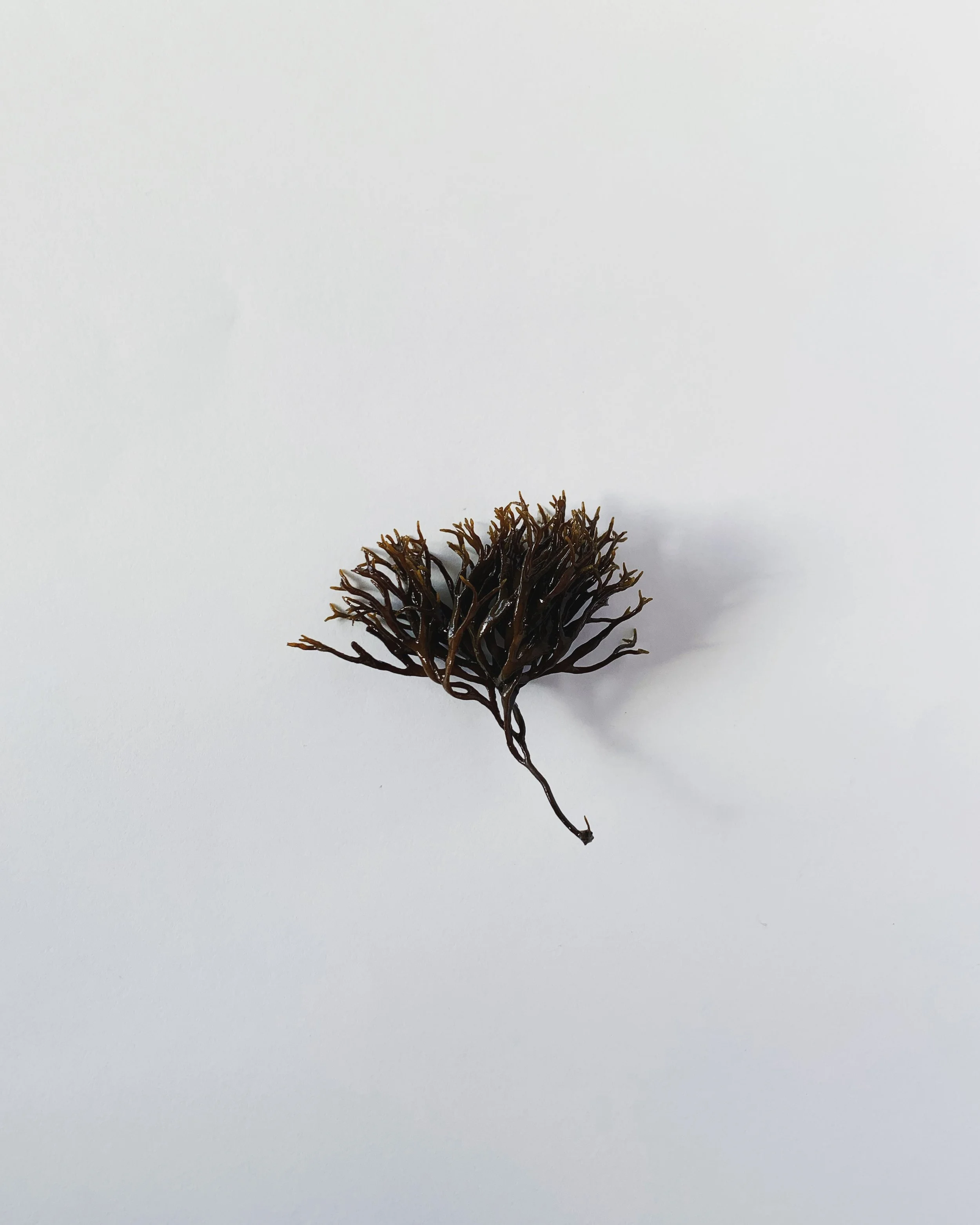KASSOU
BROWN KAISO
400 varietals
Found in waters midway between red and green kaiso, brown kaiso consist of pigmentation elements found in both. In addition to chlorophyll a and c, it also contains fucoxanthin. This mixture is what produces its brown color. Of all kaiso, brown varietals are most common in Japanese cookery.
一番馴染みのある、ひじき、わかめ、昆布などと、食用海藻の多くは褐藻。普段から平仮名や漢字表記で見かけるくらい、日本人にとって非常に身近な存在であることがわかる。
DR. IWAO’S
TOP 10 BROWN KAISO
YOU SHOULD KNOW
Makombu: This seaweed belongs to the order laminariales, family laminariaceae, and genus laminaria. It is an essential backbone and widely-prized component of Japanese cuisine. The coastal waters of Japan are home to the world's most diverse kelp species, with 11 out of the 20 known species found in Hokkaido. Species like makombu, rishirikombu, and nagakombu have undergone speciation along the Hokkaido coast and are found only in this region. It is truly deserving of being named one of Japan's National Treasures.
Wakame: This seaweed belongs to the order laminariales, family alariaceae, and genus undaria. There are three species within this genus: wakame, aowakame, and hirome. All three are edible, but aowakame and hirome have limited distribution and are not widely available. One common characteristic of the wakame species is that their leaves have scattered hair-like structures that can be seen as dots when viewed under light.
Arame: This seaweed belongs to the order laminariales, family lessoniaceae, and genus eisenia. It is edible but can be hard to find unless specifically sought out. In Toba, Mie, there is a local dish called arame maki that uses a closely related species called sagarame. Arame, sagarame, and kajime are crucial to coastal ecosystems, with their communities referred to as underwater forests due to their role in benefiting in the production of other natural resources and as habitats for small organisms. They are also vital to nutrient cycling in coastal environments.
Sagarame: This seaweed belongs to the same order and family as arame but has a different distribution range. It also differs in leaf shape and the size of motile spores. They are visually similar enough to require detailed examination to differentiate.
Kajime: This seaweed belongs to the order laminariales, family lessoniaceae, and genus kajime. While it is edible, it is tough. In some regions, it is sold under the name kajime, but it can also be confused with other seaweeds in the same genus, such as kurome and tsuruarame. Kajime does not seem to be widely consumed, though there may be micro-regions that do.
Tsurumo: This seaweed belongs to the order laminariales, family tsurumo, and genus tsurumo. It resembles kombu in appearance. It is a rare delicacy, primarily eaten around Wajima, Ishikawa. When cooked, it is edible, used in foods similar to shirataki. But dried versions sold in Wajima tend to be discolored and do not appear very appetizing.
Hijiki: This brown seaweed has been cherished since ancient times and excluding the Northern and Eastern parts of Hokkaido, it can be found throughout Japan, as well as in South Korea and Southern China. Most of the hijiki available in Japan is imported from Korea or China, but demand for domestic hijiki is increasing. However, it is uncertain whether Japan can meet this demand as changes in oceanic ecosystems have led to the dramatic decrease in hijiki habitats.
Akamoku: This seaweed has been consumed in Akita, Yamagata, and Niigata for thousands of years and is widely distributed throughout Japan, excluding the Eastern Hokkaido. Recently, the viscous nature of akamoku, the property called fucoidan, has garnered wide attention, leading to increased farming and distribution throughout Japan.
Habanori: This seaweed is consumed in certain coastal areas such as Chiba, Kanagawa, Shizuoka, Mie, and Shimane but is not generally available commercially but likely consumed in regions outside these areas as well. It is typically dried, lightly toasted, and used in soups, ozoni (Japanese New Year soup), or sprinkled on freshly cooked rice. It is enjoyed more for its aroma than its taste.
Kayamonori: This seaweed is found throughout Japan but is consumed primarily in Shizuoka, Fukui, Tokushima, and Mie. It is not widely distributed even within these prefectures. In Mie, it is eaten in neighboring cities Toba and Shima. With mature seaweed available in Shima, and young seaweed available in Toba.
Irolo: Although found in numerous regions across the country, it seems that only a few areas like Kochi, Oita, and Mie actually consume irolo. In Mie, it is only consumed in certain neighborhoods of Toba, where preparation methods and seasoning can vary greatly by household.
Mozuku: Sometimes sold under names like hosomozuku, it has become less available due to dramatic changes in oceanic ecosystems, with many regions no longer able to farm and distribute it.
Okinawa mozuku: The "mozuku" widely distributed today is often this species alone.
Kuromo: Belonging to the order siomidoro, family nagamatsumo, this seaweed is similar to mozuku but thicker and sturdier. It is edible but consumed in limited regions. It is popular near Owase in Mie and also grows in Shimane, although it is not harvested there. In Sakai Minato, Tottori, it is harvested and sold as a premium product in supermarkets, according to local fishery research staff, university alumni, and relatives.
Matsumo: Delicious. Yakimatsumo sold in Iwate is rehydrated and used in dishes like vinegary salads, and is extremely tasty.
special thanks for Toyoki Iwao
The kaiso we've met
-
Wakame with small Ana Aosa
-
Umi Uchiwa
-
Kajime (Baby)
-
Kajime
-
Hijiki
-
Habanori
-
Ishige
-
Tamahahakimoku



